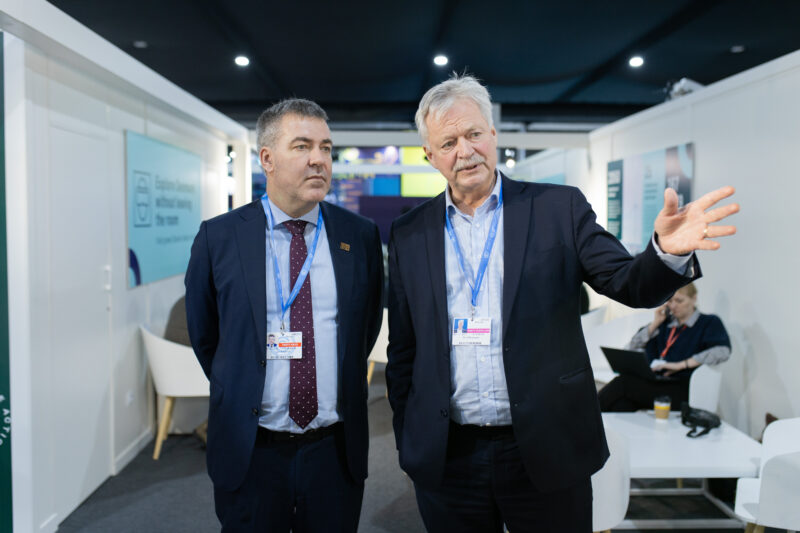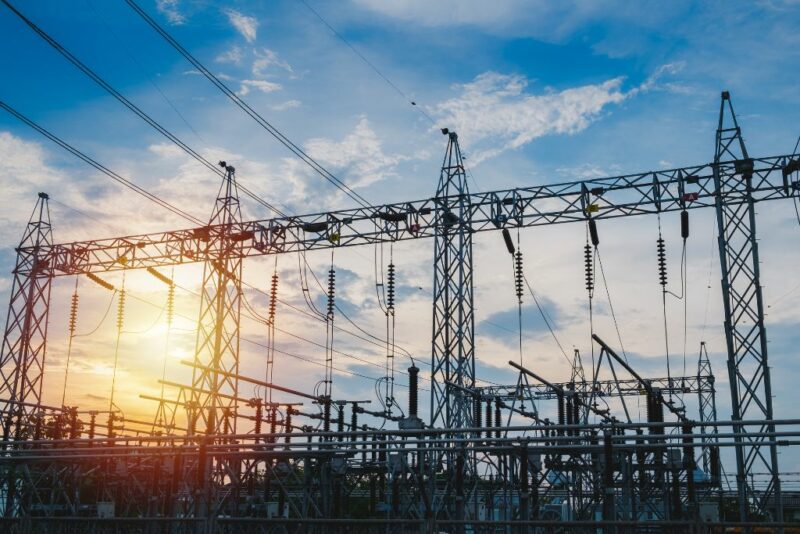News
Aarhus announces EU’s largest geothermal district heating system


A new geothermal district heating plant will heat thousands of homes by harnessing heat from the earth's core in Denmark’s second largest city. Handled by the Danish geothermal based heating company Innargi in collaboration with the local district heating provider AffaldVarme Aaarhus, the city of Aarhus is set to host the largest geothermal district heating system in the European Union. The upcoming plant is expected to provide 20 percent of the district heating demand in Aarhus municipality, which has 330,000 citizens and 180,000 households. 95 percent of these are connected to the district heating system.
The planned capacity of the geothermal heating plant is 110MW, and the annual CO2 emissions are expected to be reduced by up to 165,000 tonnes. Subject to a successful appraisal process, the geothermal plant will be completed in 2029 with an expected operation of at least 30 years. Once operational, water will be extracted two to three kilometres below the surface at a temperature of 60-90 degrees Celsius. At the surface, the water's heat is captured and transferred to the district heating network.
“This is a historic day for district heating in Aarhus, and I am proud that we can continue to make the heat of the Aarhusians ever greener. Geothermal energy is a renewable energy source and thus an important step in our efforts to obtain much more renewable energy into the district heating. Geothermal energy is a prerequisite for us to be able to reach 2030 with the aim of phasing out imported wood pellets,” says Bjarne Munk Jensen, CEO of AffaldVarme Aarhus.
“It is critical to rethink our heating sources and bring geothermal into play when planning the future energy mix. We see a huge potential for geothermal based heating in many European cities that are struggling to phase out coal to meet the climate targets. We believe countries like Denmark, Germany and Poland offer the right subsurface conditions to significantly reduce the need for coal, gas and imported biomass. Today’s announced 30-year agreement is an important first step of our journey,” says Samir Abboud, CEO at Innargi.
Read more about district heating and the subsectors here.
Blessed with enormous geothermal potential
Geothermal power has the advantage of being more stable than weather-dependent renewables. But as an expensive and not yet mature technology, geothermal is still awaiting the explosive growth enjoyed by wind and solar.
Today, less than 1 percent of Denmark's district heating comes from geothermal energy, but the potential is far greater according to researchers. In 2020, a survey from GEUS, the Department of Geosciences and Natural Management at the University of Copenhagen and the Department of Geoscience at Aarhus University, showed that a sea of untapped potential lies deep beneath Denmark. According to the findings, the Danish subsoil contains so much geothermal energy that it can in principle cover half of country’s heating needs, thereby constituting a potential gamechanger to achieve national climate goals:
"The brilliant thing about geothermal energy is that it is infinite – it never stops – and it is sustainable because almost no CO2 is emitted," said Lars Ole Boldreel, an associate professor at the Department of Geosciences and Natural Resource Management at the University of Copenhagen, and one of the main figures behind the study.
The survey including a comprehensive mapping is available here.
You should consider reading
solutions
Combined heat and power production
+6
CopenHill: The story of the iconic waste-to-energy plant
20 November 2024solutions
Energy efficiency in buildings
+2















